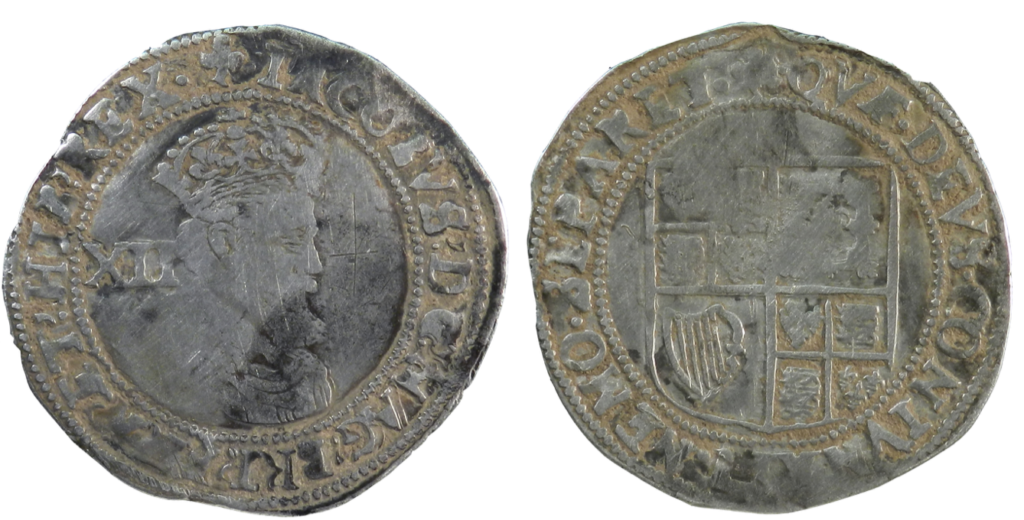
The Portable Antiquities Scheme/ The Trustees of the British Museum, CC BY-SA 2.0 https://creativecommons.org/licenses/by-sa/2.0, via Wikimedia Commons
Coin collecting can be a fun and rewarding hobby that unlocks the past through actual physical artefacts that we can hold and examine. Not only is collecting coins a great way to acquaint ourselves with the past, but it can also a be a way to build wealth as many coins appreciate in value over time. This is especially true for older and rare coins.
Hammered coins are very old coins indeed. Some date back as far as Ancient Greek and Roman times. But what interest me the most are Medieval period hammered coins of the Great Britain.
I’m slowly building a collection of these coins from approx. 900 AD to 1662 AD. These coins cover the reigns of some infamous British monarchs from the Anglo Saxon kings like Aethelred II and Edward the Confessor to the reign of King Charles the II. The coins are made of silver and gold which is a big difference to the coins found in our pockets today.
This was the era of Feudalism where the vast majority of people lived a subsistence lifestyle farming a meagre plot of land and paid rent to their feudal lord. This was also the era of great castles and knights.
What Are Hammered Coins?
Did you know that…
Hammered coinage is the most common form of coins produced since the invention of coins in the first millennium BC until the early modern period of the 15th–17th centuries.
Hammered coins were produced by placing a blank piece of metal (a planchet or flan) of the correct weight between two dies, and then striking the upper die with a hammer to produce the required image on both sides. The planchet was usually cast from a mold.
The bottom die (sometimes called the anvil die) was usually counter sunk in a log or other sturdy surface and was called a pile. One of the minters held the die for the other side (called the trussel), in his hand while it was struck either by himself or an assistant.
Source: Wikipedia
Medieval Hammered Coin Values
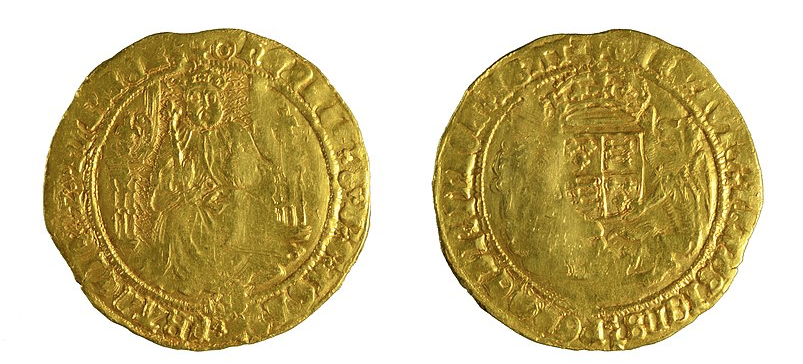
Suffolk County Council, CC BY 2.0 https://creativecommons.org/licenses/by/2.0, via Wikimedia Commons
Medieval hammered coin values are all over the map. Some are quite rare and can fetch hundreds of thousands of dollars. Others can be acquired from Ebay for a measly 50 bucks.
Medieval Hammered Coins Quality and Condition
The key to collecting these very old coins has to do with condition and quality. I myself prefer a coin with a strong strike and strong monarch portrait or bust.
The vast majority of these coins are found in what I would call poor condition. That means cracks and dents, images and wording rubbed off or well worn down, maybe even some creases.
So a decent collectible example in my opinion would be a solid VF coin. For collectors of modern coins Very Fine (VF) grades are on the lower end.
But we need to remember that these old hammered coins were made hundreds even thousands of years ago. Most have been circulated, clipped, buried, bent or creased and generally beat up.
Yet they still retain their all-important character of being old, medieval and super cool!
Adding Hammered Coins to My Coin Collection
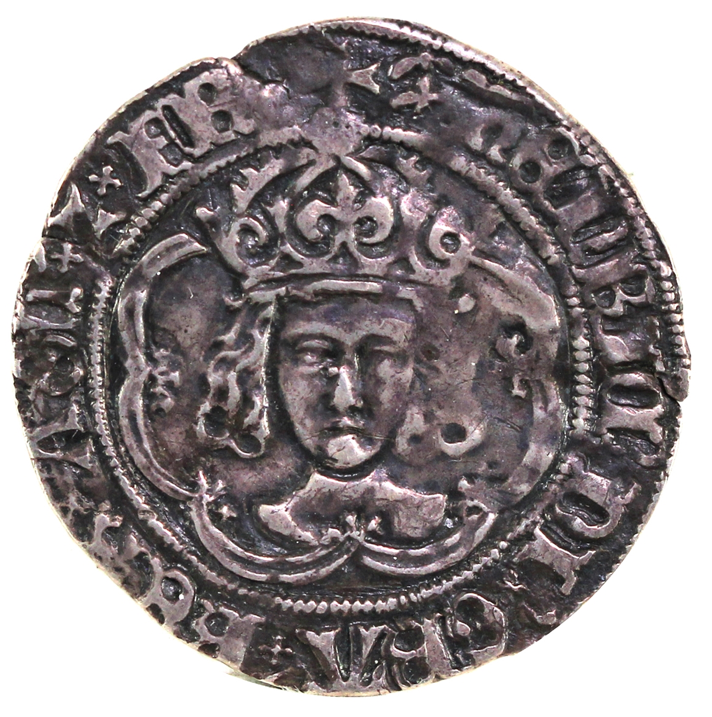
Among the examples I recently added to my collection are a Henry VII Groat which dates to 1499-1502.
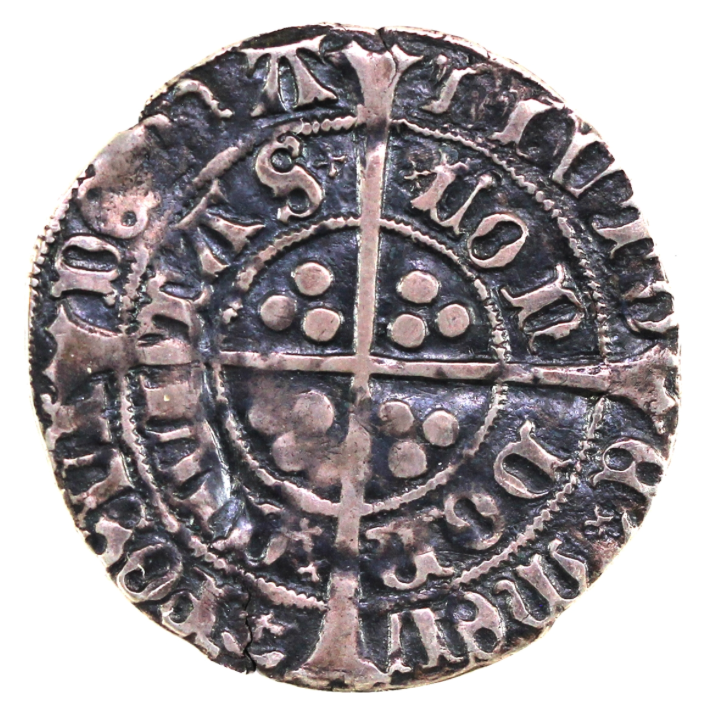
The coin is made of silver and is a solid VF+ (VF 30) and has the anchor mint mark which signifies that it was struck at the London or Tower Mint.
The coin has some beautiful old toning that adds to overall look of the coin.
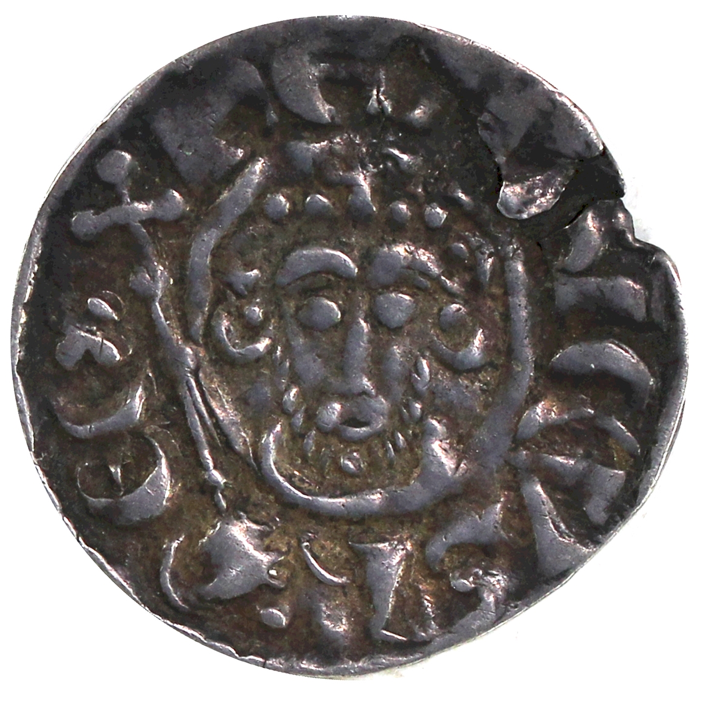
The other is a King John Short Cross Silver Penny which dates back to the period 1199-1216. King John was a terrible king but is remembered for signing the Magna Carta on 15 June, 1215! This document formed the basis of our modern Bill of Rights.
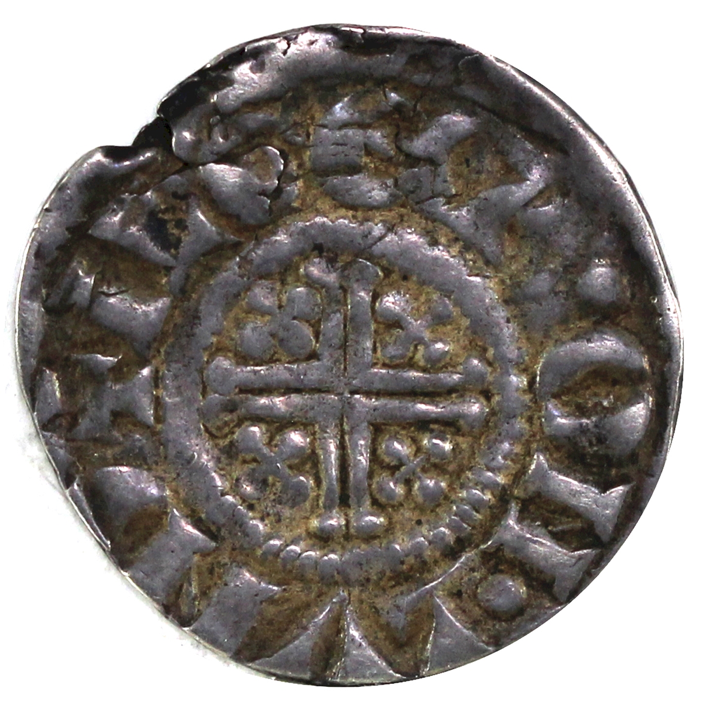
Both coins are highly collectible and will retain their value over time. These old medieval hammered coins are certainly a great addition to the collection and display well.
They are also great conversation pieces of a time that has long since passed.
For information about coins and supplies check out my Coin Supplies page on Amazon. Please note this is an affiliate link where I may receive a small compensation for purchases.